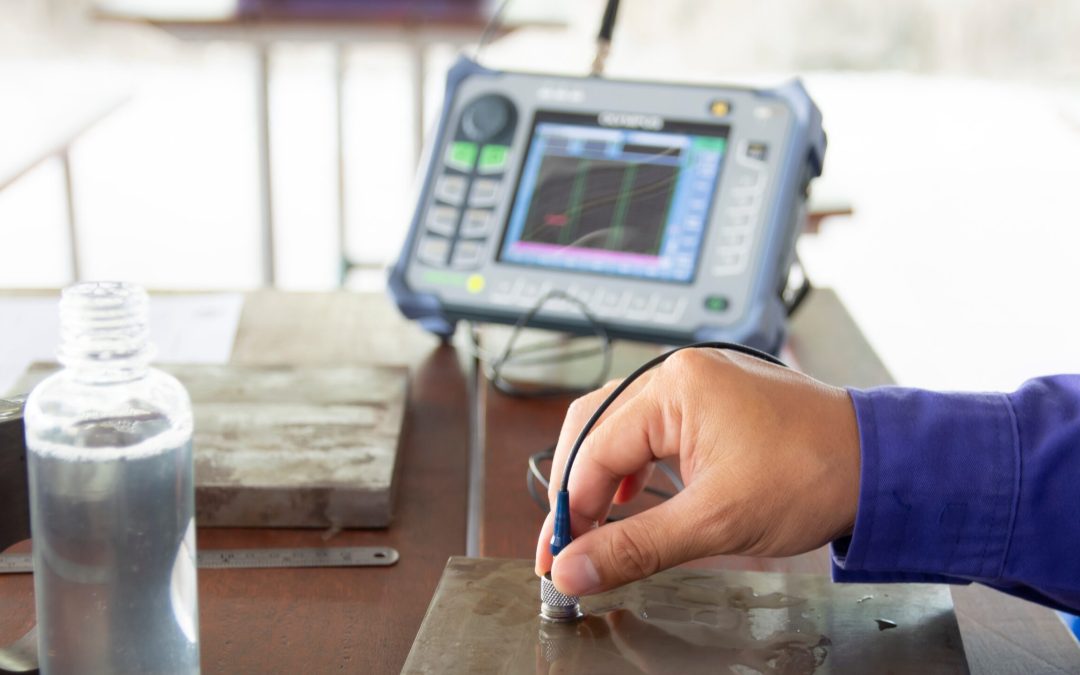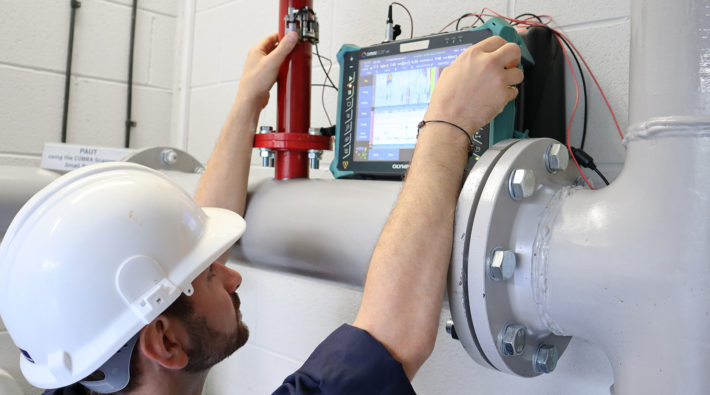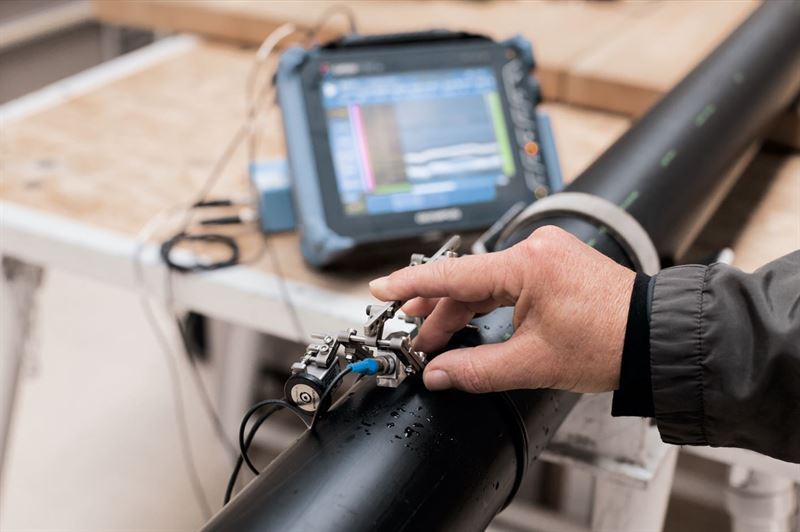
Introduction to Railway Track Inspection
The railway industry is a backbone of modern transportation, providing efficient and reliable means for moving both people and goods across vast distances. However, to maintain the safety and functionality of this essential infrastructure, regular railway track inspections are crucial. A key component in ensuring effective inspections is understanding the frequency settings in railway track inspection.
Why Frequency Settings Matter
The frequency settings determine how often inspections are conducted. These settings are vital as they directly impact the safety, longevity, and efficiency of railway operations. The right frequency can prevent accidents, reduce maintenance costs, and ensure smooth operations.
Factors Influencing Frequency Settings
Track Usage Levels
High-traffic tracks require more frequent inspections compared to less used routes. The more a track is used, the quicker it can wear down or develop issues.
Environmental Conditions
Weather conditions like heavy rain, snow, or extreme temperatures can affect track integrity. Areas prone to harsh weather might need more frequent checks.
Historical Data
Past inspection data can provide insights into how often issues arise, helping to set an appropriate inspection schedule.
Technological Advancements
New technologies in track inspection tools can influence frequency settings. For instance, sensors and AI can provide real-time data, allowing for more dynamic frequency adjustments.
Methods of Track Inspection
Visual Inspection
This is the most traditional method where inspectors visually assess the tracks for any defects or issues.
Ultrasonic Testing
This method uses sound waves to detect internal flaws in the tracks that are not visible to the naked eye.
Track Geometry Measurement
This involves measuring the track’s alignment, gauge, and elevation to ensure they meet safety standards.
Frequency Analysis Tools
Advanced frequency analysis tools can help determine the optimal inspection intervals by analyzing vibration and other track conditions. More about these tools can be found in our detailed guide on frequency inspection tools.
Implementing Effective Frequency Settings
Using Data Analytics
Data analytics can process historical inspection data to predict potential issues and adjust frequency settings accordingly.
Adapting to New Technologies
Staying updated with technological advancements ensures that frequency settings remain effective and efficient. Learn more about synchronization in inspection tools here.
Regulatory Compliance
Ensure that frequency settings comply with local and international safety regulations to avoid legal issues and ensure safety.
Challenges in Setting Frequency
Cost Implications
Frequent inspections can be costly, but they are necessary to prevent accidents and costly repairs in the long run.
Technological Limitations
Not all railway companies have access to the latest technology, which can limit the effectiveness of frequency settings.
Human Factors
Human error in inspections can lead to inaccurate frequency settings. Training and technology can help mitigate these issues.
Case Studies: Successful Frequency Adjustments
Several railway companies have successfully adjusted their inspection frequencies using advanced tools and data analysis, resulting in improved safety and reduced maintenance costs.
Future of Railway Track Inspection
Integration of AI and Machine Learning
AI and machine learning can provide real-time data analysis, allowing for more precise frequency settings and proactive maintenance.
Collaboration with Technology Providers
Partnerships with technology providers can help railway companies access the latest tools and techniques for effective inspections.
Conclusion: The Path Forward
Understanding and implementing the right frequency settings in railway track inspection is essential for maintaining safety and efficiency in the railway industry. By leveraging technology, data, and expertise, railway companies can optimize their inspection processes and ensure the longevity of their infrastructure.

FAQ
What factors influence inspection frequency?
Factors include track usage, environmental conditions, historical data, and technological advancements.
How does technology impact inspection frequency?
Technology like AI and sensors can provide real-time data, allowing for more dynamic and precise inspection intervals.
Why are frequent inspections important?
Frequent inspections help prevent accidents, ensure safety, and reduce maintenance costs over time.
This article contains affiliate links. We may earn a commission at no extra cost to you.
